-
What is the Symbolist movement in literature?
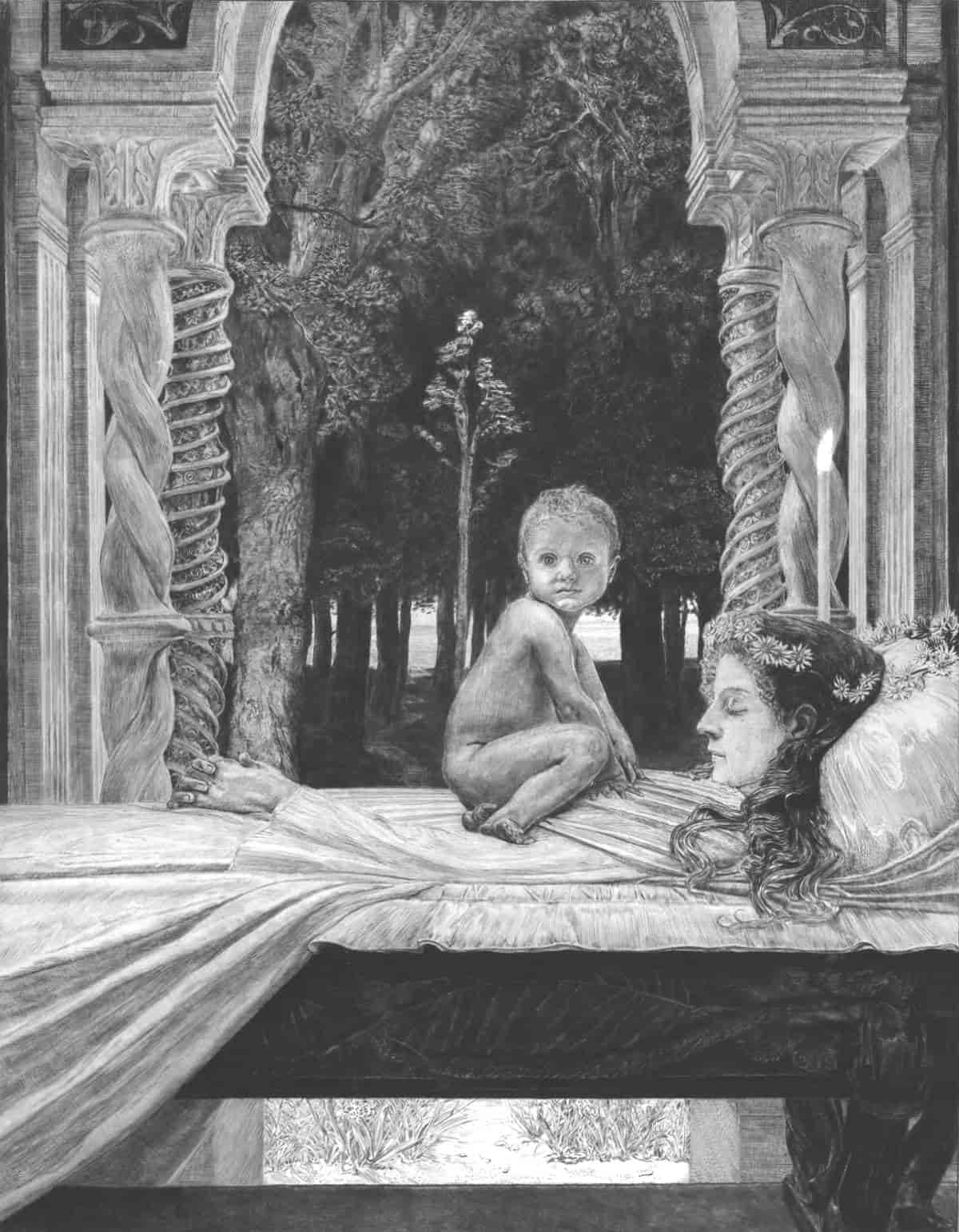
In Symbolist work, the author is aiming to hit the essence or ideal of something which lies behind objective matter and the realm of chance.
-
What Makes Something Cute? Cute vs. Kawaii
‘Cute’ describes something attractive in a pleasing, nonthreatening way. Things that are small or young are often described as cute: babies, fluffy puppies with big eyes, squishy toys. Cute things are easy to like.
-
What is the definition of film noir?
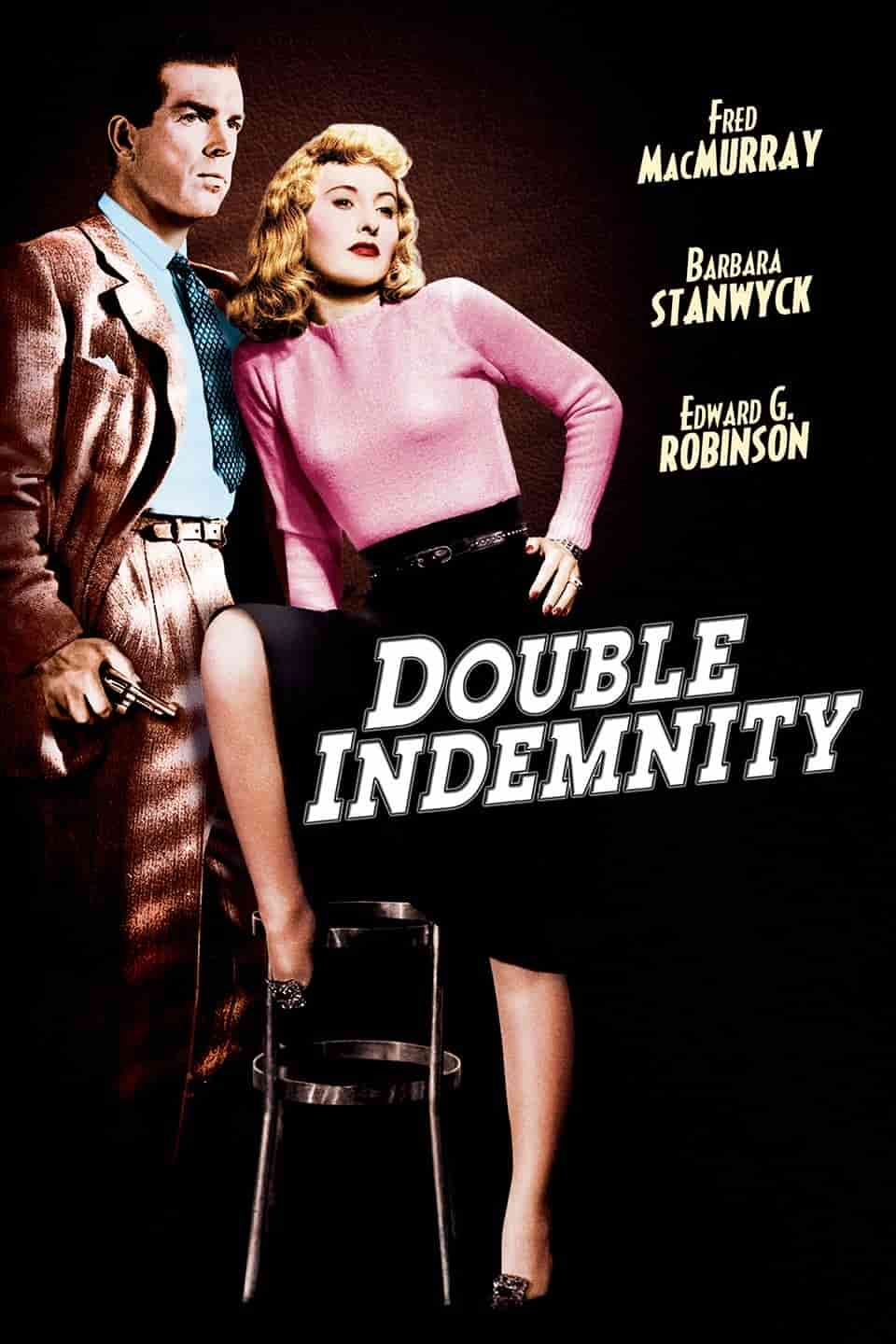
Noir is a visual aesthetic in storytelling associated with certain plots and character archetypes. The term was popularised in the field of film criticism, hence film noir. It comes from several movements, notably the hard-boiled detective tradition of popular cheap paperbacks. Think Raymond Chandler, uber hard-boiled writer. A BRIEF HISTORY OF FILM NOIR SPOOF NOIR…
-
What is the objective correlative in literature?
When a story about one thing is really saying something about a character’s emotion. Objective correlative: The tangible manifestation of an intangible, created and used by the author to help the reader grasp the intangible concept. Most literature is about emotions or ideals — things that you cannot see or touch. So the objective correlative becomes…
-
Transphobic Urban Myths
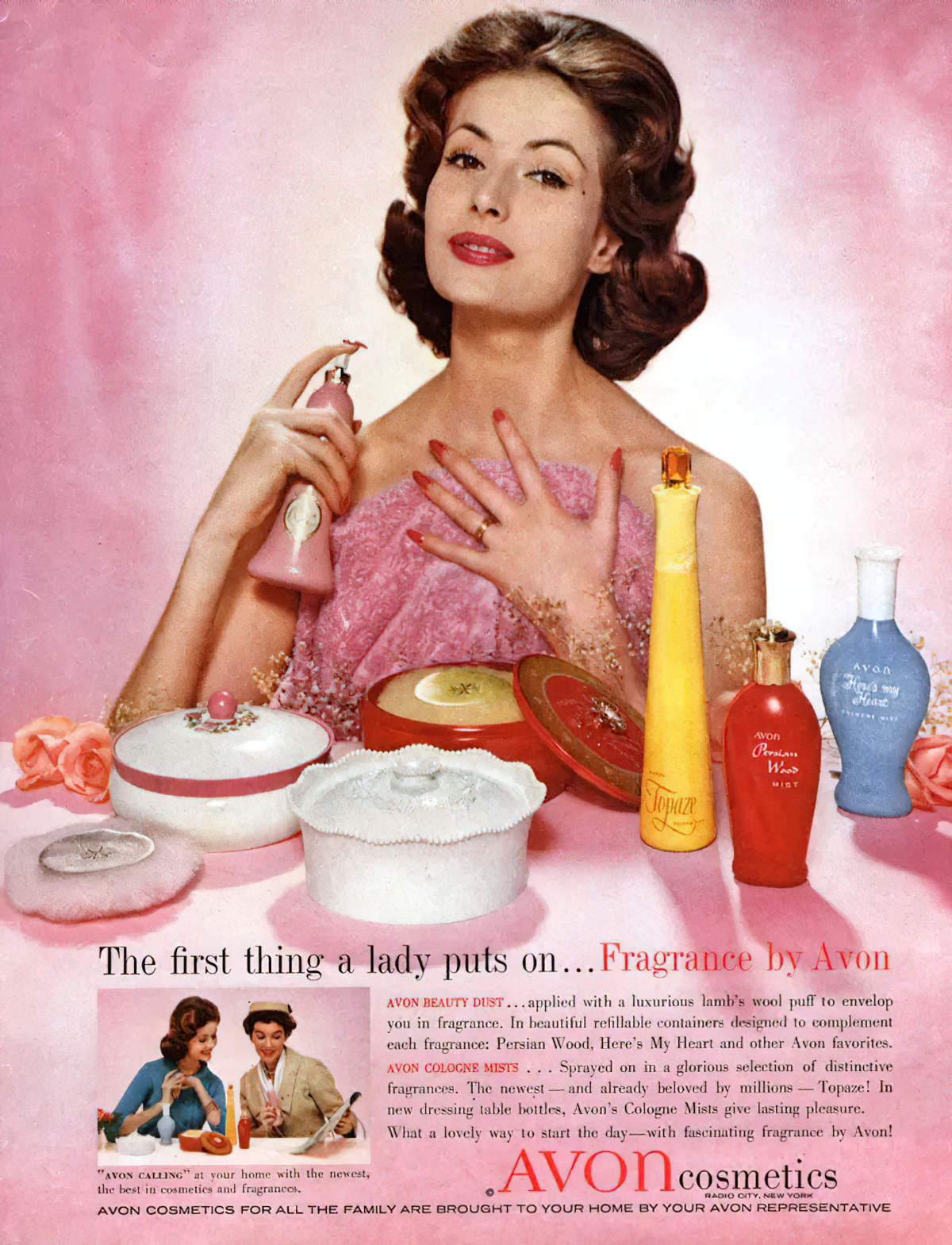
Do urban legends seem unanimously ridiculous to you? Good. Because there’s a new one doing the rounds.
-
What is an example of matriarchy?
The word matriarchy does not mean what you think it means. You probably mean ‘matrilineal’ or ‘matricentric’.
-
The Wind Is My Lover (Singoalla) Swedish Classic
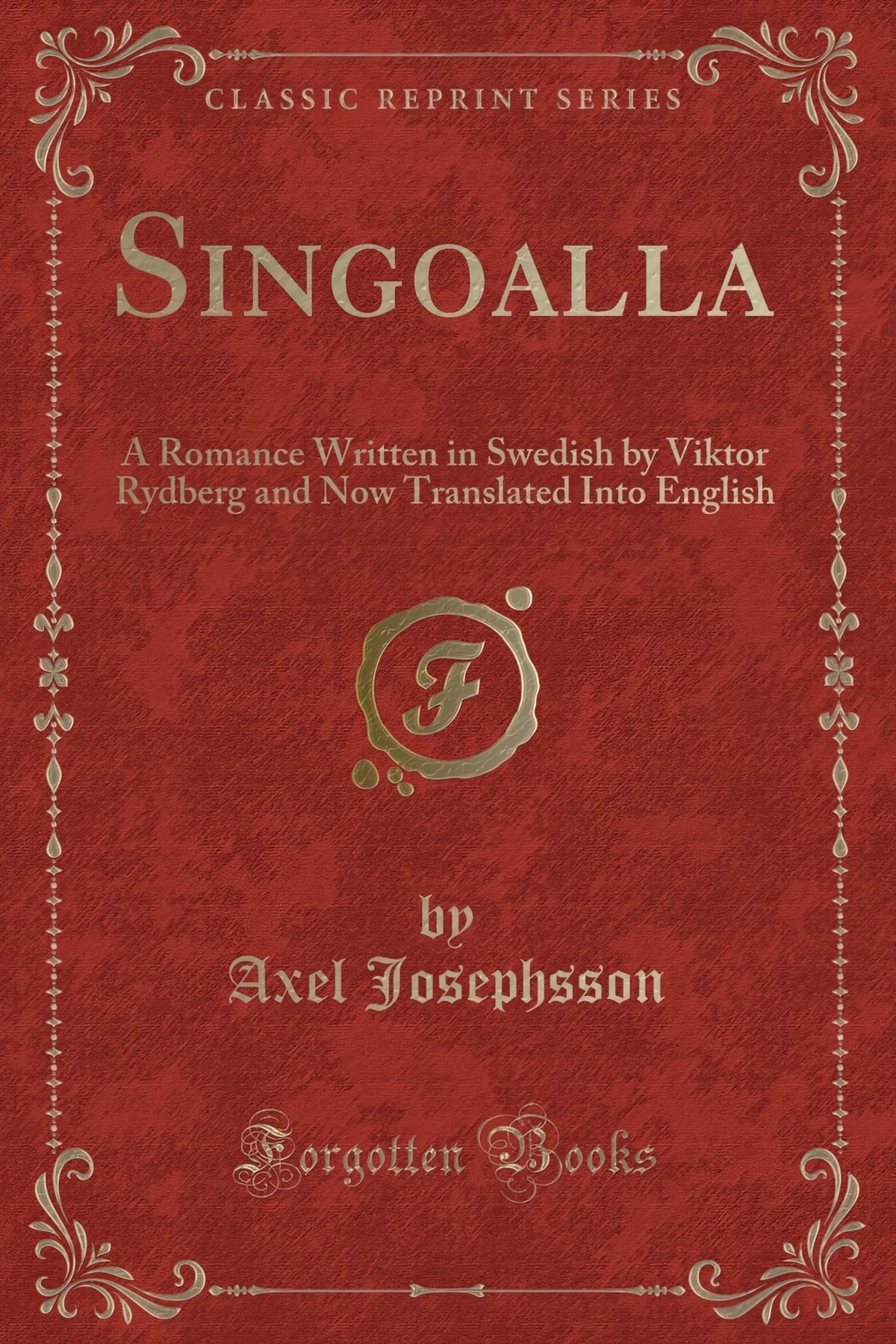
I need to show you these beautiful illustrations by Swedish illustrator Carl Larsson, more famous for colourful, domestic scenes.
-
Schnitzel von Krumm Forget-Me-Not by Lynley Dodd Picture Book Analysis
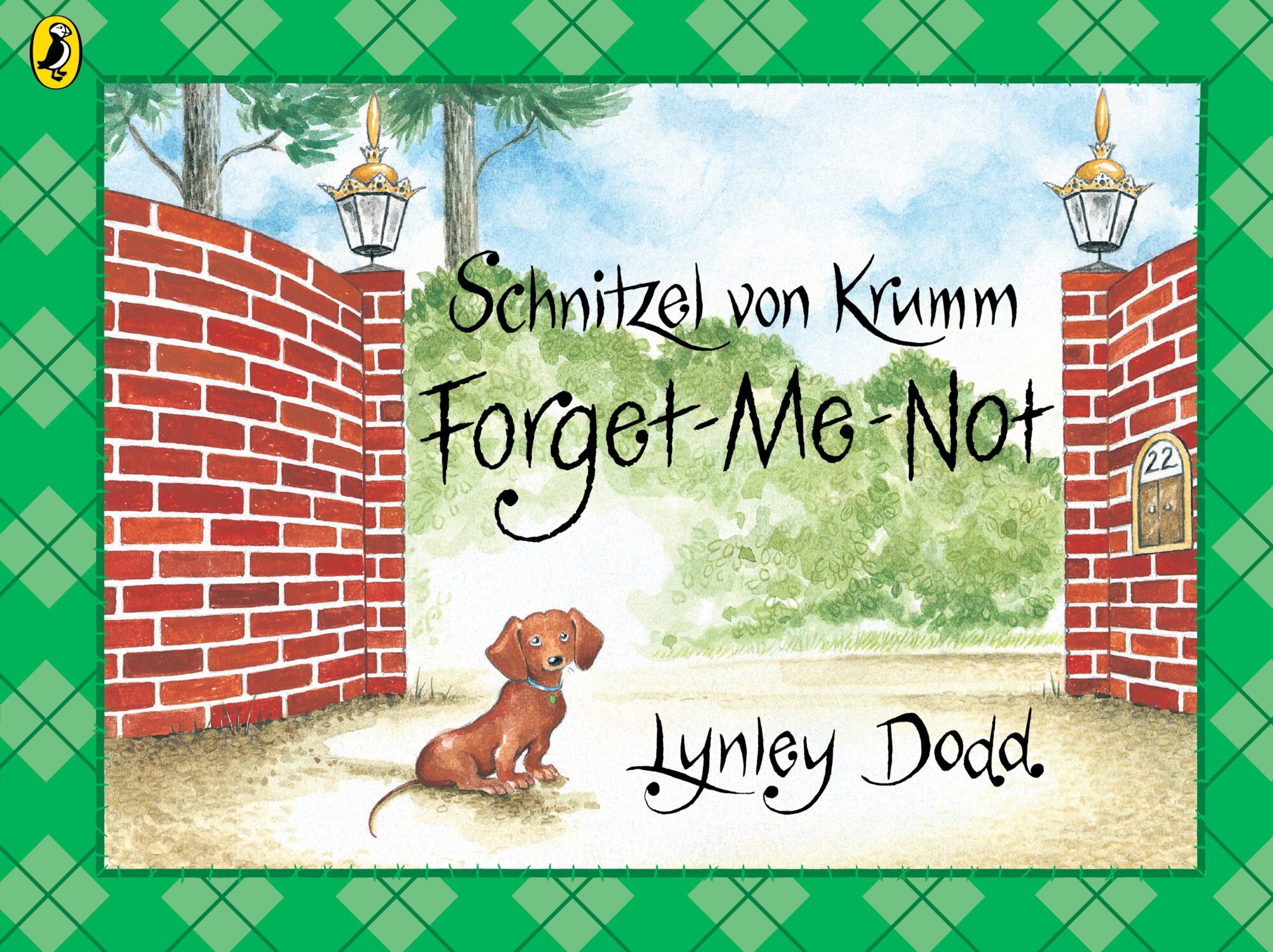
Schnitzel Von Krumm Forget Me Not is the tenth book in Lynley Dodd’s Hairy Maclary series, and was published in 1998. Many of Lynley Dodd’s picture books are told with a carnivalesque structure. Schnitzel von Krumm, Forget-me-not is different. This one is told using classic structure and, in my opinion, is one of the most…
-
What is Aporia?
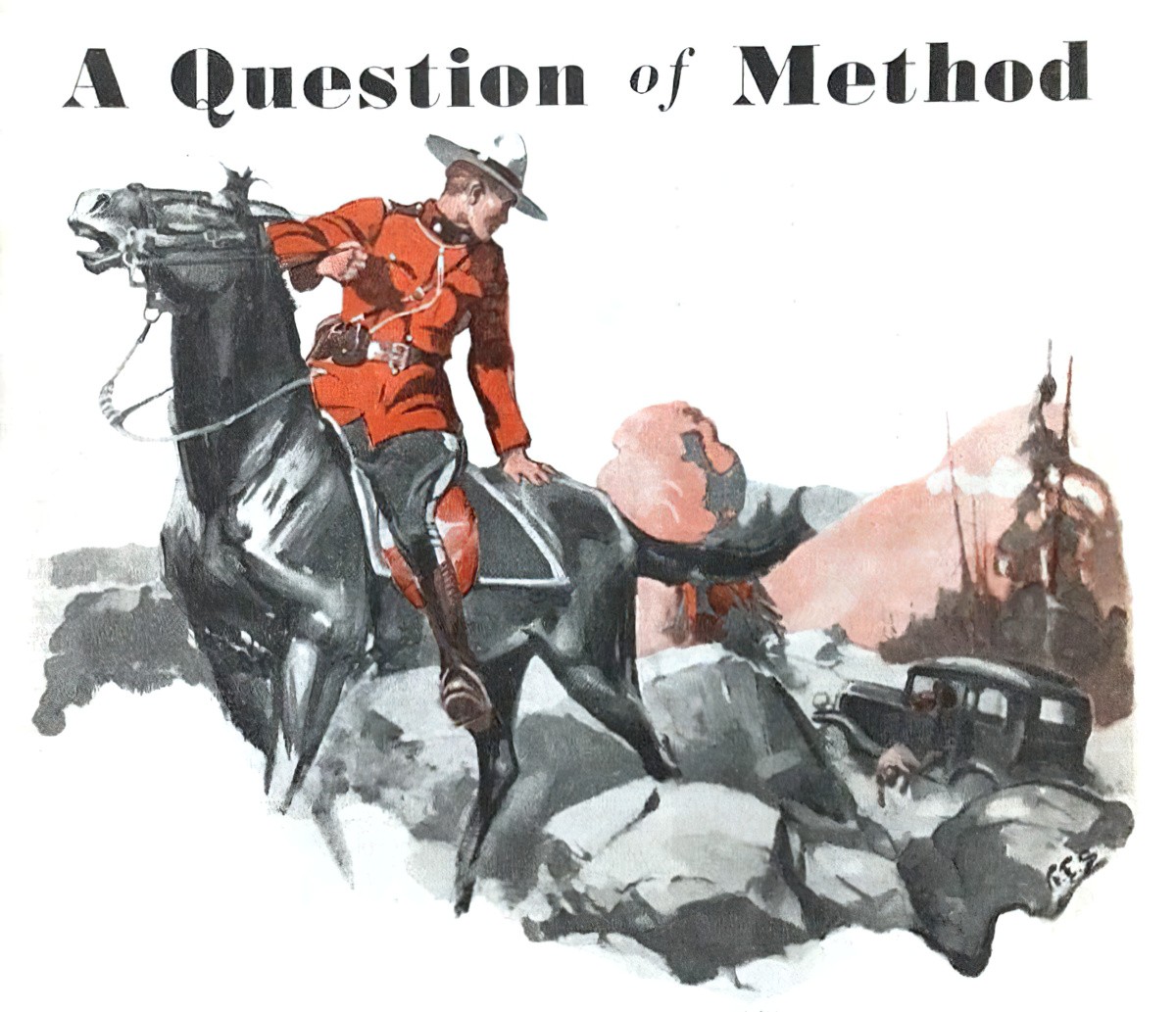
Aporia is a concept from philosophy but I’m talking about aporia when describing a literary (or rhetorical) device.
-
The Phantasia Spectrum And What It Means For Writers
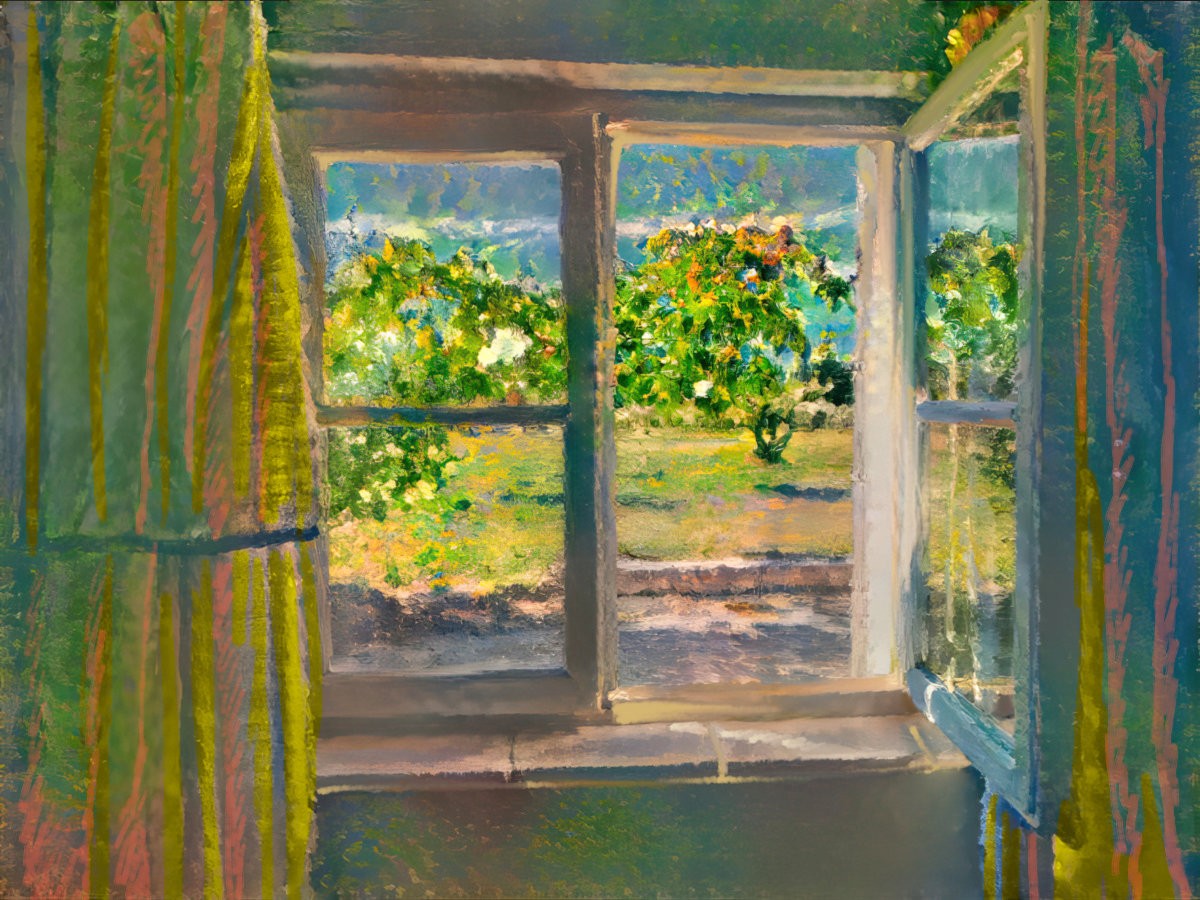
When reading a book, do you ‘see’ scenery in your imagination? If so, you are a phantasic person. Most people have minds which do this, which makes you one of the majority.
-
What happens in Hunted Down by Charles Dickens?
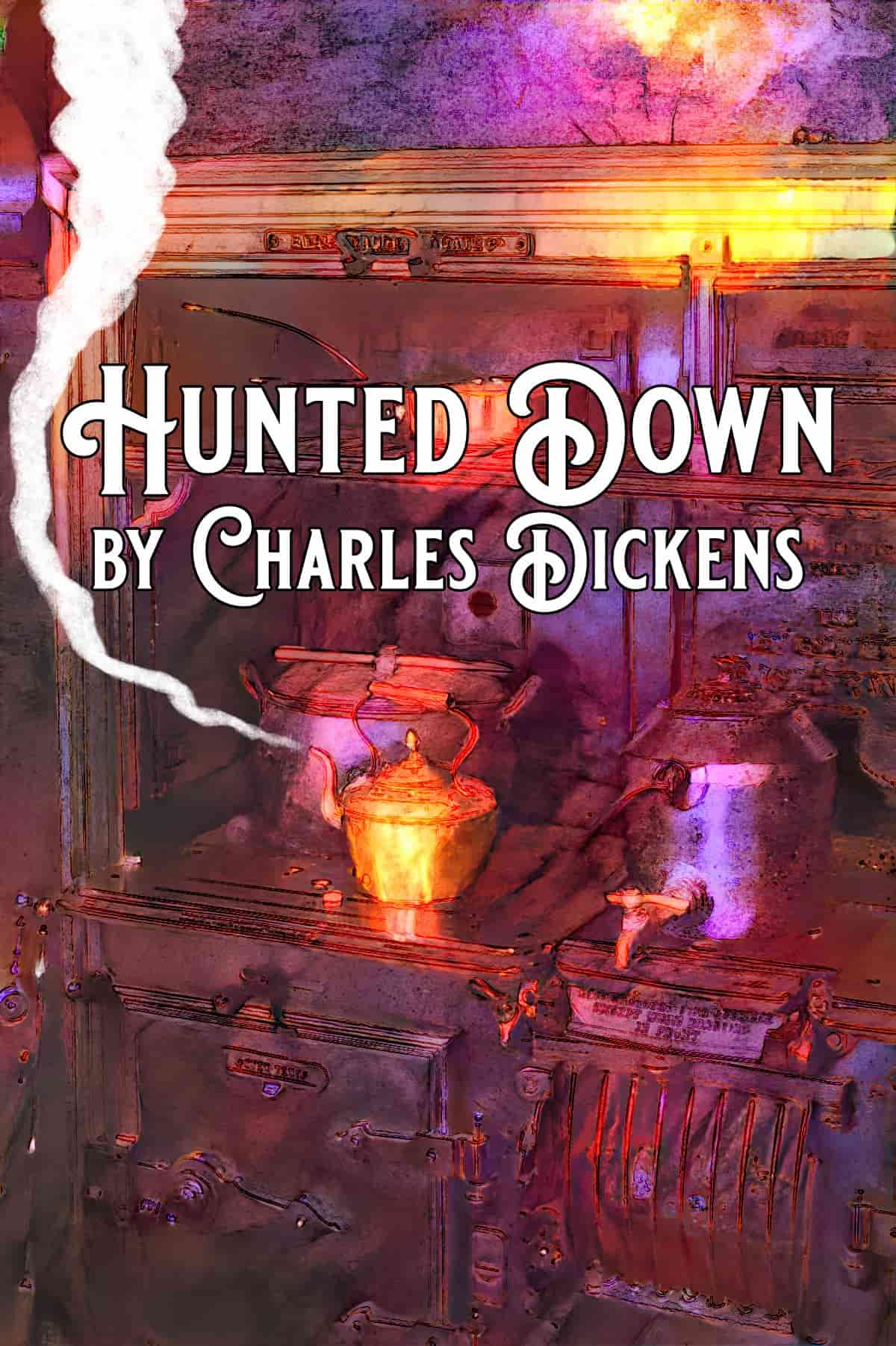
“Hunted Down” was published in instalments across 1859-60, almost 20 years after Poe’s well-known detective story which kicked the genre off.
-
That Pre-Christmas Spirit In Art And Illustration
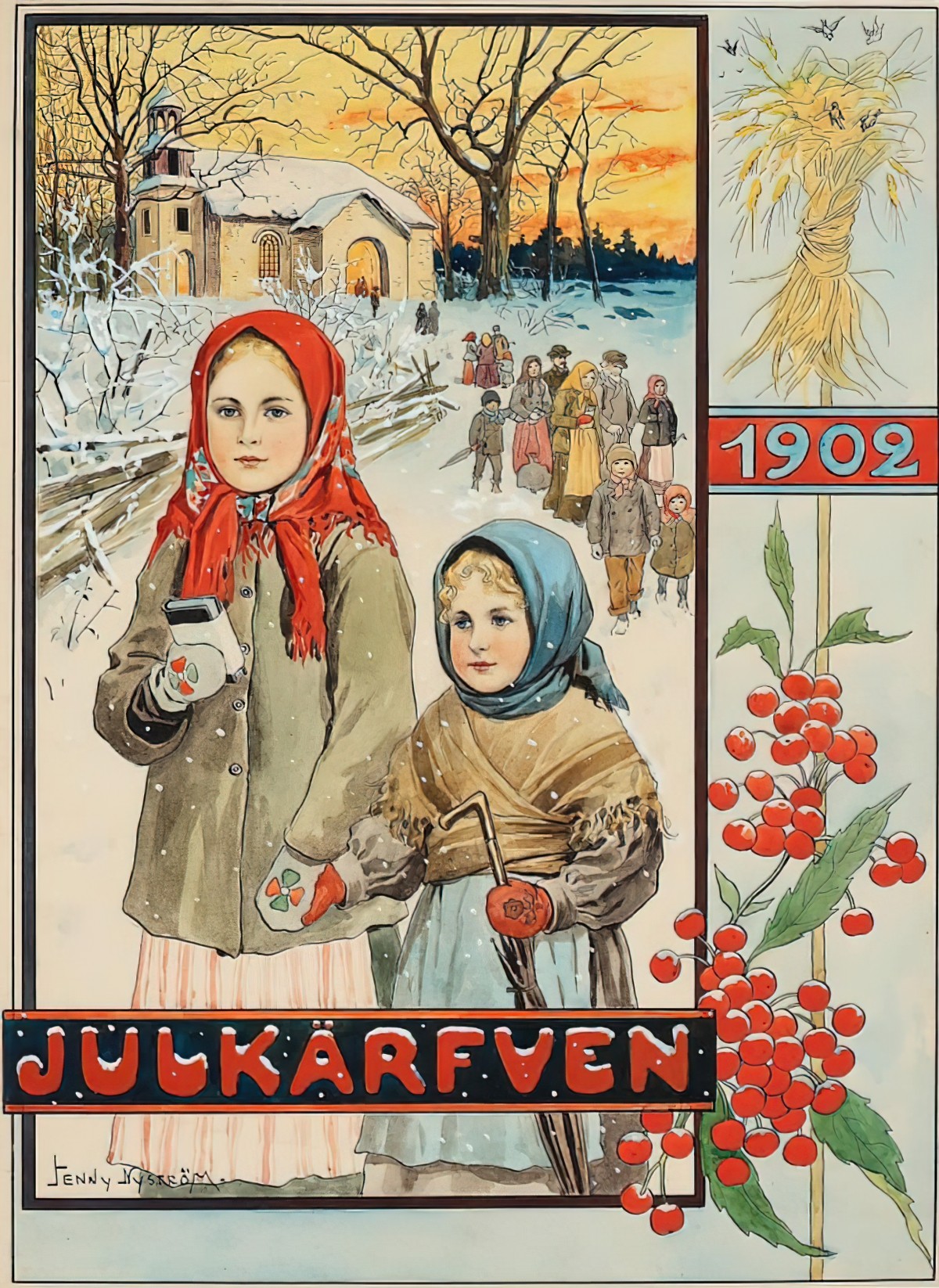
Snow, warm yellow light coming out of cosy buildings, villages coming together, decorated trees, love, bell towers, churches, white people… The illustrations below are largely from 20th century illustration and convey the Christian American hygge of December.
-
What is Realism in Literature?
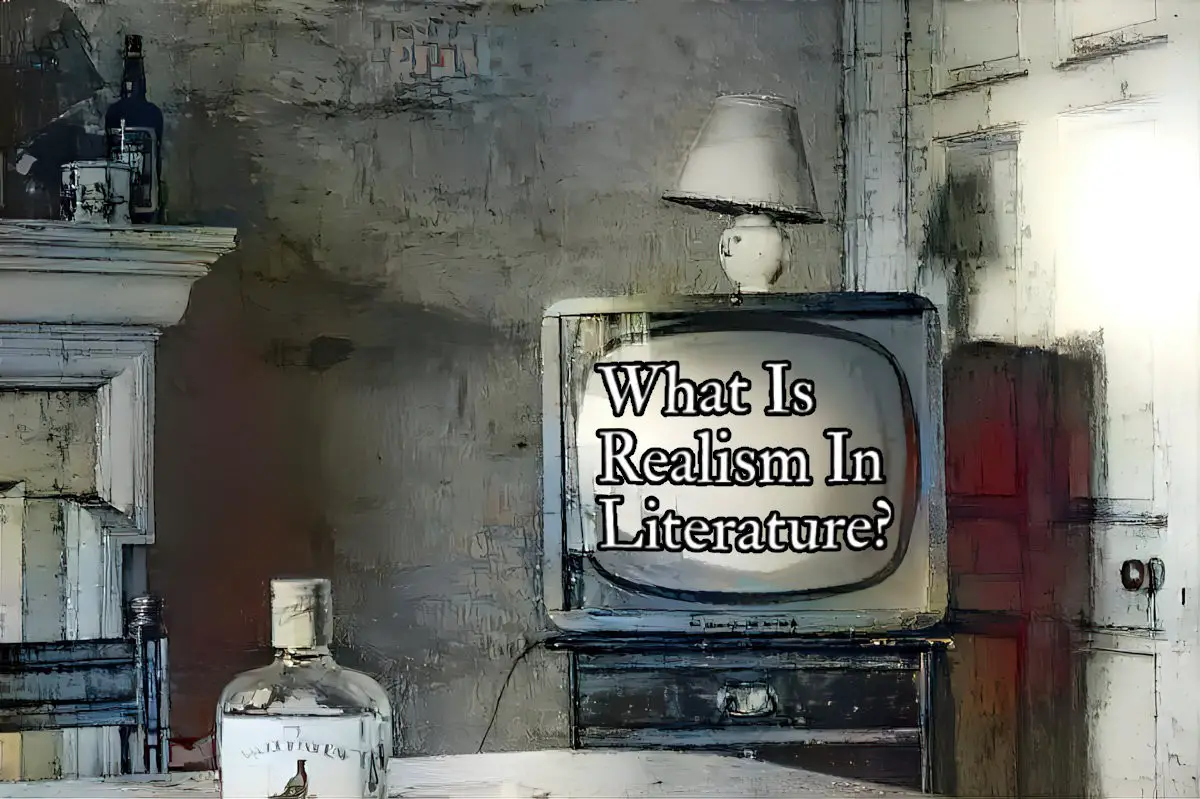
There is a spectrum of how real-world a story feels. Realism is a widely misunderstood term even within literary studies today. The terms are used differently depending on location. They’re also heavily classed and slightly gendered to boot. Humanities scholars spend a lot of time arguing about the meaning of realism.
-
Films That Centre Characters Over 40
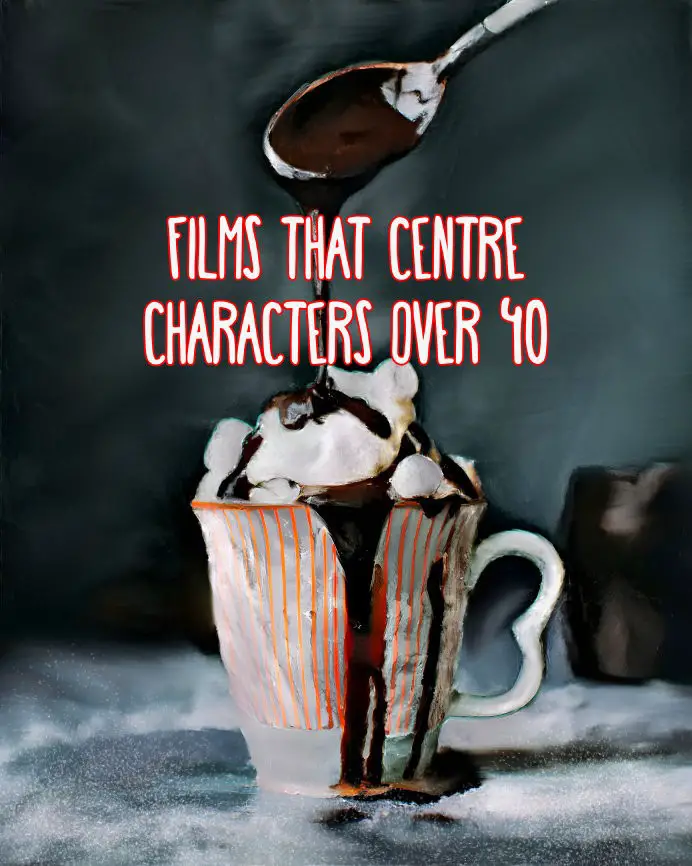
Are you weary of films about people younger than yourself? You may be over 40. Here are some suggestions.
-
What is a twice-told tale?
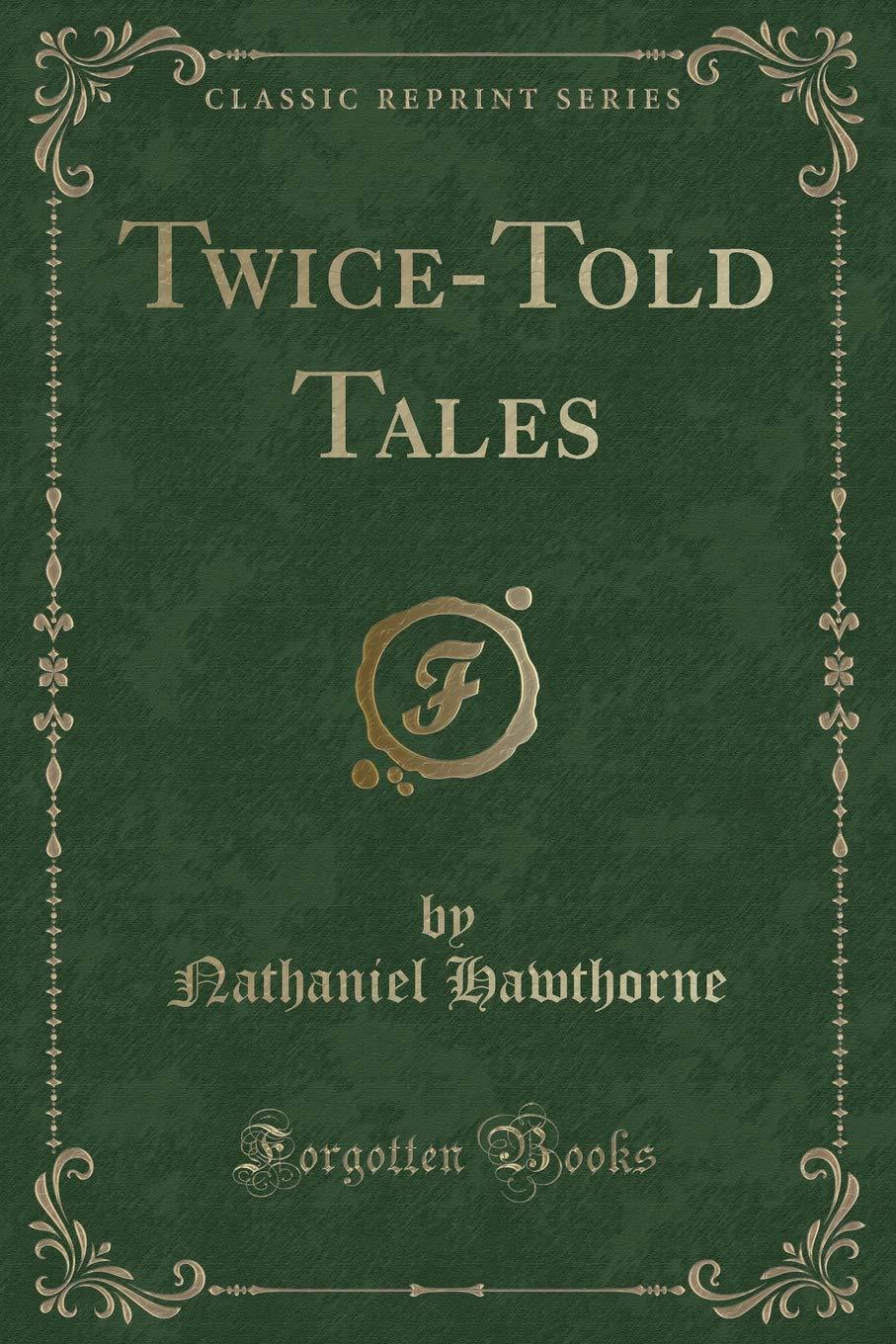
Dictionary Definition of twice-told Twice-told officially means well-known from repeated telling. The word is used chiefly in the phrase “twice-told tale“. First Known Use The word first took off around the year 1597, in the meaning above. Various Meanings In Contemporary Use Twice-Told Tales is a short story collection in two volumes by Nathaniel Hawthorne. The first volume came out in…